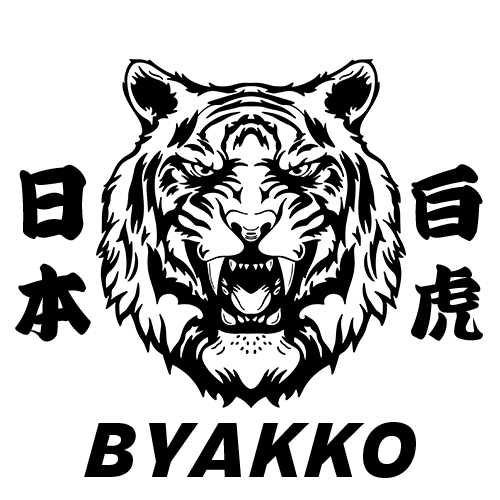
Hi, I'm Yaeno, the founder of Byakko.
I, originally from an interior design background, want to share why I decided to venture into sell vintage kimonos.
Having lived abroad for many years, I gained a third-party perspective on Japanese culture. Living overseas intensified my identity as a "Japanese person," prompting numerous enquiries about Japan's country, politics, and culture. Each interaction served as a reminder of my own ignorance, fueling a desire to learn more about my homeland.
(When people think of Japan, they often mention kimono, anime, manga, and sushi. Despite not being a sushi enthusiast and rarely engaging with anime or manga, I often faced skepticism about my Japanese identity...)
Since my early days abroad, I've been intrigued by kimonos, wishing to wear one myself. However, similar to Western clothing, kimonos coendless varieties, with a rich array of obis and accessories. Additionally, there are rules like "this kimono and this obi should not be paired," making kimono culture very intricate. The prospect of assembling a complete set and the perceived difficulty in wearing them created a barrier in my mind.
As a first step, I enrolled in a kimono dressing class, learning basic knowledge and how to dress casually for outings. Despite attending for about three months, the abundance of accessories, intricate tying methods, and my difficulty in memorization prevented me from dressing independently.
However, this experience lowered the hurdle to wearing kimonos. I discovered several second-hand kimono shops and explored various options. Regrettably, at that time, I was unfamiliar with the distinction between furisode and regular kimonos, and I had no sense of sizing, making it challenging to choose a kimono that would fit my body.
One day, I came across a furisode with incredibly cute embroidery and couldn't resist buying it, eager to try wearing it myself. When I showed it to my kimono teacher, I was met with laughter and a dismissive remark that such an old piece wasn't suitable for wearing elsewhere. Why should a kimono with a minor stain be deemed unwearable? I wondered if outdated kimonos faced a fate of disposal due to restrictive rules. This realization inspired the creation of Byakko Apparel.
You don't need to wear a full set of kimono; throwing one haori jacket over a T-shirt and jeans or trainers can look very stylish. Breaking away from traditional kimono-wearing methods could introduce more people to these beautiful garments.
While many repurpose vintage kimonos into items like bags or cushion covers, my preference is to use them in their original form. Long-length women's kimonos or furisode, with their cute designs, may be impractical to wear daily but add charm when hung in a room.
Kimono culture is deep, and there's much to learn. I encourage everyone not to be deterred by its perceived complexity. Pick up a kimono, try it on, and make it your own. I myself am eager to take on the challenge of "kimonodressing" again, and I have restarted attending classes. This time, I hope to be able to dress independently.
Every item on display has been personally selected by me, one by one. I also want more people to become familiar with various traditional Japanese clothing, so I haven't limited the selection to just kimonos. More products will be added very soon.
Some displayed items may have tears or stains, which I see as part of their historical "flavour." However, if concerned, feel free to inquire before making a purchase.
I also welcome comments or questions about kimonos and other Japanese apparel through the comment form or email (hello@byakko.co).
Visit our apparel product page for beautiful kimonos and other traditional Japanese wear.
We also have an Instagram page for some vintage Japanese apparel styling inspirations.
